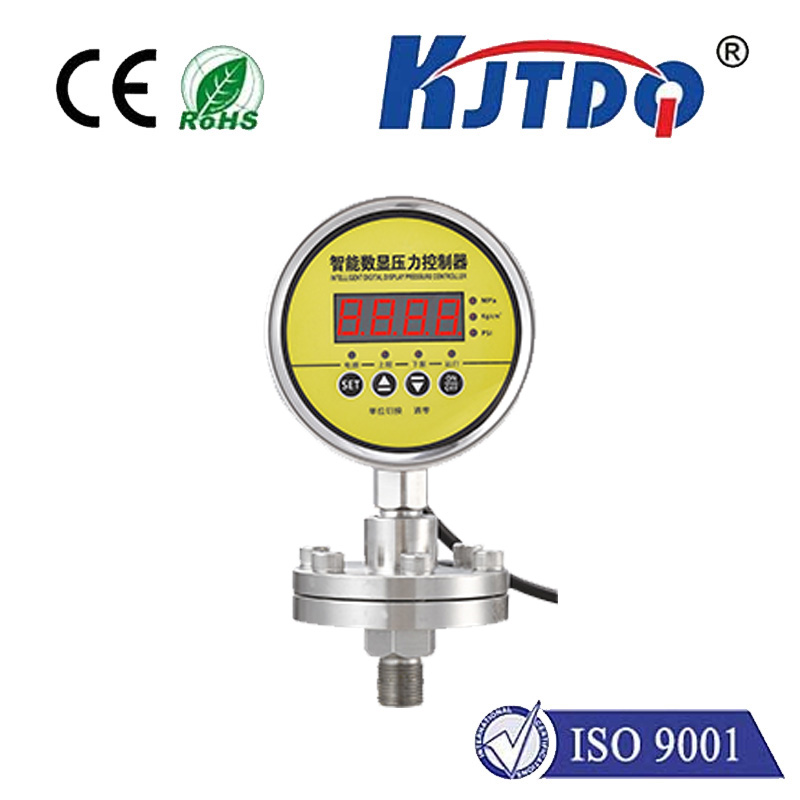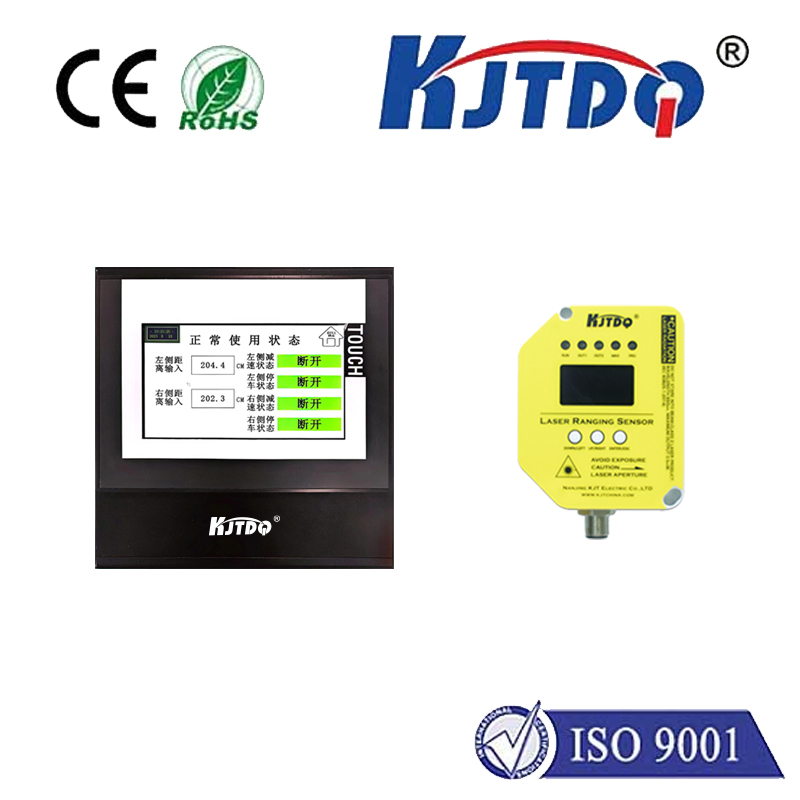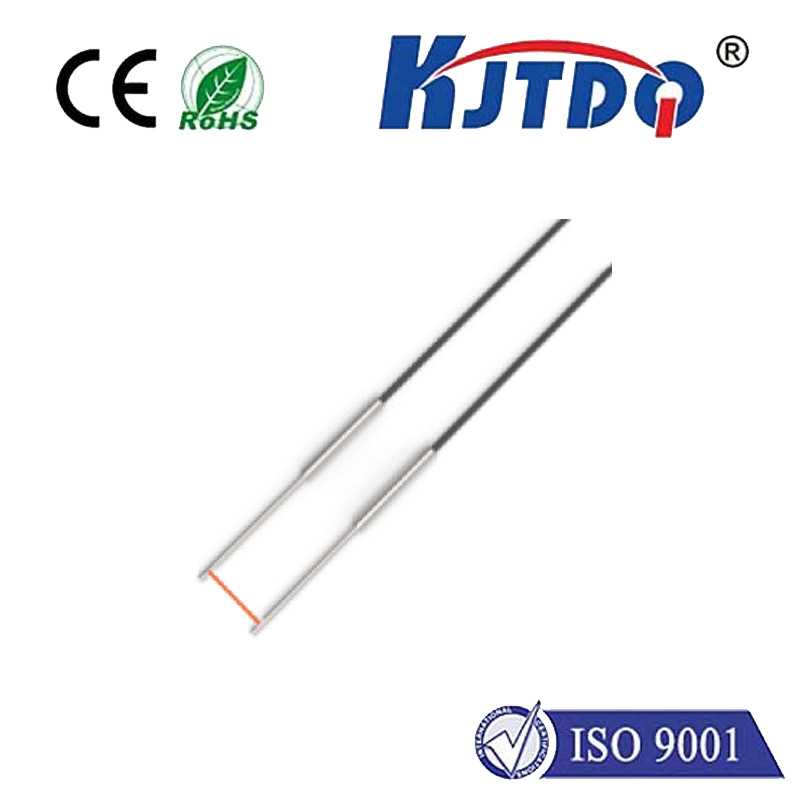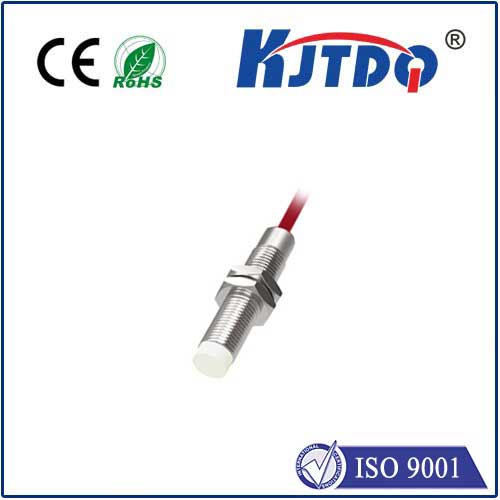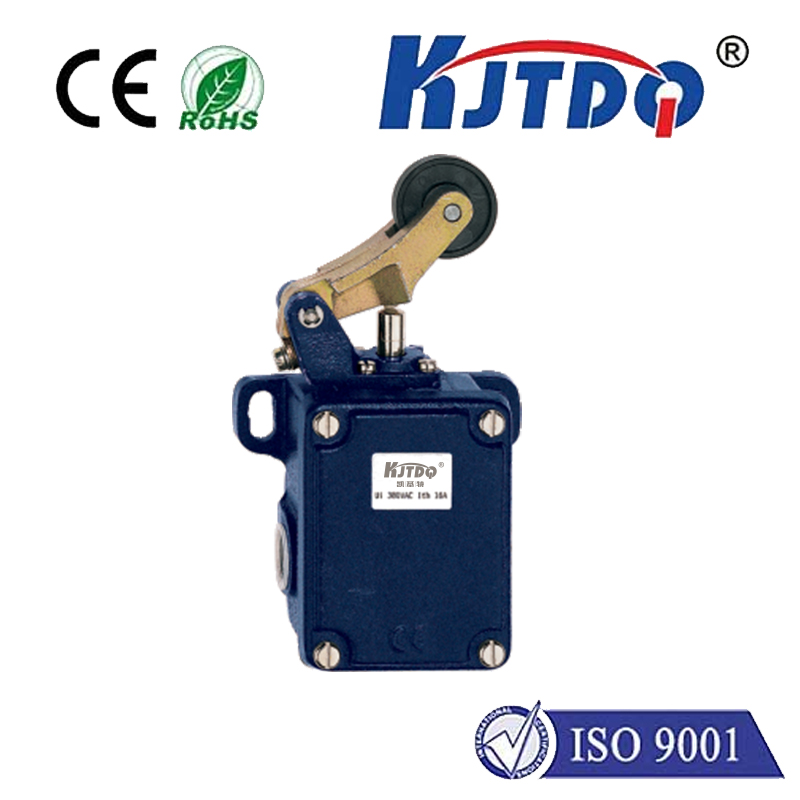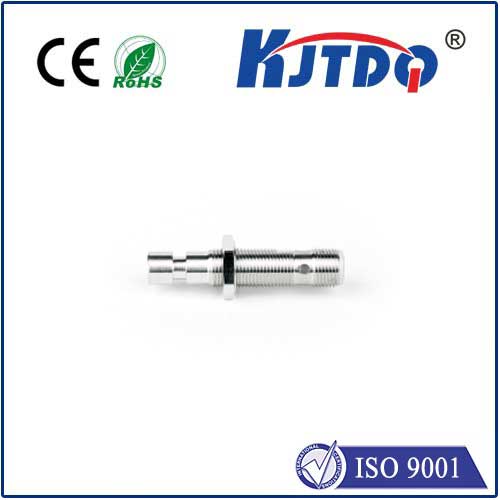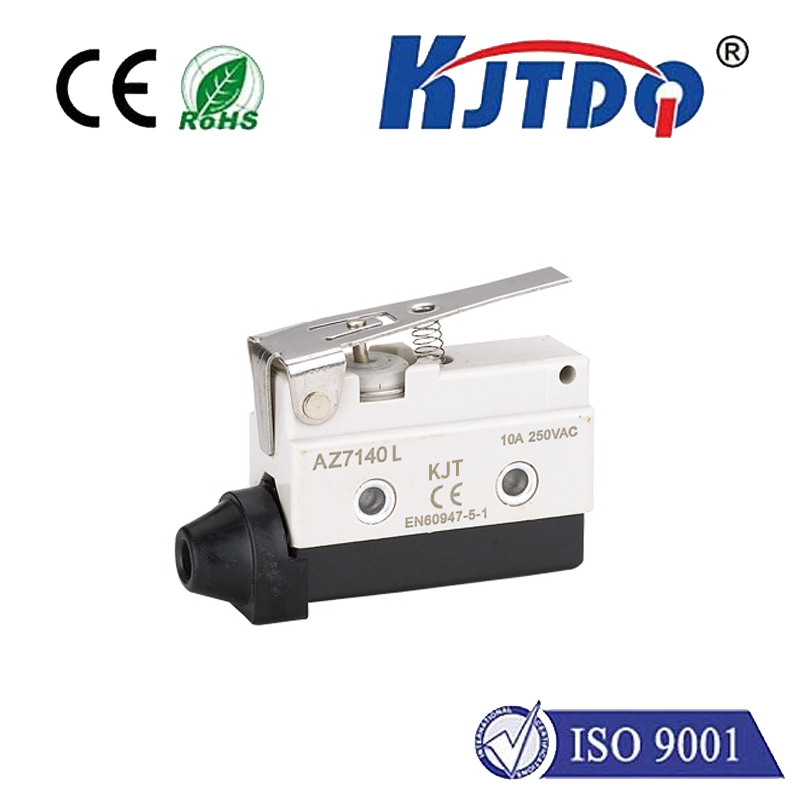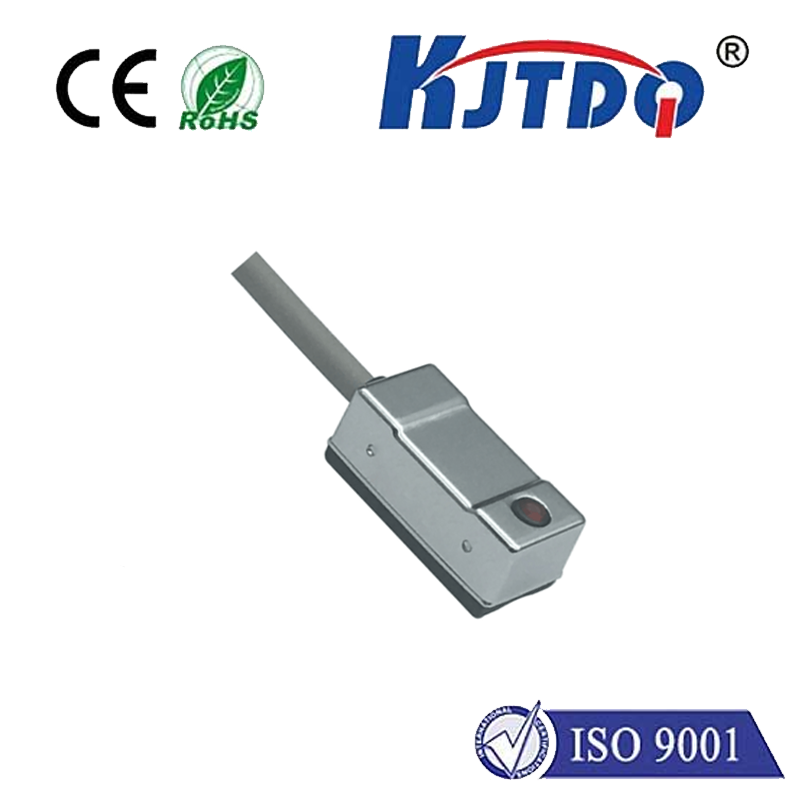proximity touch sensor
- time:2025-06-24 00:51:06
- Нажмите:0
Proximity Touch Sensors: The Magic of Contactless Interaction Unveiled
That effortless wave silencing your morning alarm. The automatic faucet that springs to life before your hands even touch it. The protective screen guard that dims your phone during a call. These seamless interactions, increasingly woven into our daily fabric, are powered by an unassuming hero: the proximity touch sensor. Far more than just a fancy switch, this technology represents a fundamental shift in how we interface with machines, enabling intuitive, hygienic, and reliable control without the need for physical pressure or contact. Let’s delve into the invisible world where proximity detection creates tangible convenience.
Beyond the Button: How Proximity Touch Sensors Work
Unlike traditional mechanical switches requiring a forceful press, or even capacitive touchscreens demanding skin contact, proximity touch sensors operate on a different principle: field disturbance detection. Most commonly, they utilize:
- Capacitive Sensing: The dominant technology. The sensor creates a weak electrostatic field extending a short distance (millimeters to centimeters) around its active surface. When an object – especially a conductive one like a human hand or finger – enters this field, it disrupts the capacitance (the ability to store electrical charge) of the sensor. This subtle change triggers the electronics to register a “touch” or presence event. Capacitive proximity sensors are highly sensitive and excellent for detecting hands/fingers.
- Inductive Sensing: Primarily used for detecting metallic objects. These sensors generate an oscillating electromagnetic field. When metal enters this field, eddy currents are induced within the metal, which in turn load the sensor’s coil, causing a detectable change in the oscillation. While less common for finger detection, inductive proximity sensors are vital in industrial automation (e.g., detecting metal parts on a conveyor).
- Optical Sensing: Using infrared (IR) LEDs and photodetectors, these sensors detect the reflection or interruption of an IR beam caused by an object nearing the surface. Optical proximity sensors are often used for gesture recognition or detecting presence at slightly longer ranges.
Why Proximity Over Pressure? Key Advantages Unlocked

The shift from contact-dependent interfaces to proximity-activated controls offers compelling benefits:
- Enhanced Durability & Reliability: With no moving parts or surfaces requiring physical actuation, proximity touch sensors are inherently more robust and less prone to wear and tear, mechanical failure, or ingress of dirt and liquids compared to traditional buttons. This translates to longer product lifespans and lower maintenance, especially in demanding environments.
- Superior Hygiene: In a world increasingly conscious of germ transmission, the ability to activate a function without physically touching a surface is a significant health advantage. Think public restrooms, medical equipment, kitchen appliances, or shared kiosks – contactless interaction minimizes the spread of pathogens.
- Water & Contaminant Resilience: Since activation doesn’t rely on skin conductivity or precise pressure points, capacitive proximity sensors can often function reliably even with wet hands, light splashes, or when covered by a thin non-conductive barrier (like a glove, though thick gloves may pose challenges). This makes them ideal for kitchen appliances, outdoor equipment, and automotive controls.
- Design Flexibility & Aesthetics: The lack of mechanical buttons or large touchscreens opens up new avenues for sleek, minimalist, and seamless product design. Controls can be hidden behind smooth, easy-to-clean surfaces or integrated into materials like wood, glass, or plastic. Sleek interfaces become possible.
- Intuitive User Experience: The responsiveness of proximity detection creates a sense of effortless interaction. Actions can often be anticipated and triggered smoothly as the hand approaches, leading to a more natural and satisfying user journey.
Ubiquitous Applications: Where Proximity Touch Makes a Difference
The versatility of proximity touch sensor technology means its applications span numerous industries:
- Consumer Electronics: Smartphones (screen dimming during calls), tablets, laptops (keyboard deactivation when palm nears trackpad), smart home controls (light switches, thermostats), TVs, gaming peripherals.
- Appliances: Modern ovens, microwaves, refrigerators, dishwashers (activation without wet touch), coffee makers, faucets, soap dispensers (hygienic activation is key here).
- Automotive: Interior lighting controls, infotainment systems (gesture control, screen deactivation near hand), proximity keys, trunk opening sensors, hand detection for safety features. Automotive integration enhances both convenience and safety.
- Industrial Automation & Control: Control panels in harsh environments (dirt, grease, moisture resistant), presence detection on assembly lines, touchless operation of machinery to improve operator safety. Their robustness shines here.
- Medical Devices: Touchless interfaces on equipment to maintain sterility in operating rooms or prevent cross-contamination on diagnostic devices.
- Public Interfaces & Kiosks: Elevator controls, ticketing machines, information displays, ATMs – reducing surface contact for public health.
- Smart Lighting: Gesture control for adjusting brightness or color without needing to physically locate a switch.
The Future Beckons: Contextual and Intelligent Interaction
Proximity touch sensor technology is not standing still. Current trends include:
- Miniaturization & Integration: Sensors becoming smaller, cheaper, and more easily integrated into diverse materials and form factors.
- Multi-Sensor Fusion: Combining proximity sensing with other modalities like capacitive touch, pressure sensing, or cameras to create more sophisticated and context-aware interfaces (e.g., a panel that knows if you’re approaching to interact or just walking by).
- Advanced Gesture Recognition: Moving beyond simple presence detection to interpreting complex hand gestures for richer control schemes, enabled by higher resolution sensor arrays and smarter algorithms.
- Integration with AI: Using proximity data as input for AI systems that can predict user intent and proactively adjust device behavior.
Выводы
From the palm of your hand to the dashboard of your car, proximity touch sensors are silently revolutionizing human-machine interaction. By harnessing the power of capacitive fields, inductive principles, or infrared light, they deliver contactless control that is durable, hygienic, resilient, aesthetically pleasing, and intuitively responsive. As the technology continues to evolve towards greater intelligence and integration, the seemingly magical act of triggering a function with a wave or a near-touch will become even more seamless, further blurring the line between our intentions and the responsive world of technology around us. This is the quiet power of sensing before contact.

